Fresh produce storage guide
Waste less, save money and help the environment
We’re always looking at ways we can help you reduce food waste – whether that’s in store or at home.
Storing food correctly means it will last longer and stay fresher so less produce ends up in the bin. Not only will you waste less at home, you will save money and help protect the environment.
As we look at introducing more plastic-free produce in our stores, it’s important that you know how to look after produce when you get it home. Here are some helpful storage tips:
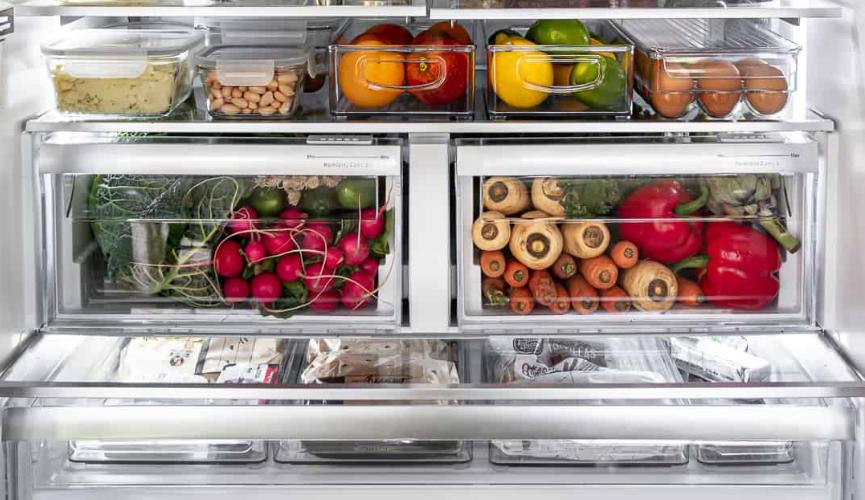
Root vegetables such as carrots, parsnips, onions, sweet potatoes, radishes, beets, turnips, etc
Leafy greens such as lettuce, kale, cabbage, chard, spinach, herbs and spring onions.
These should be stored in a fridge crisper drawer which has a higher humidity.
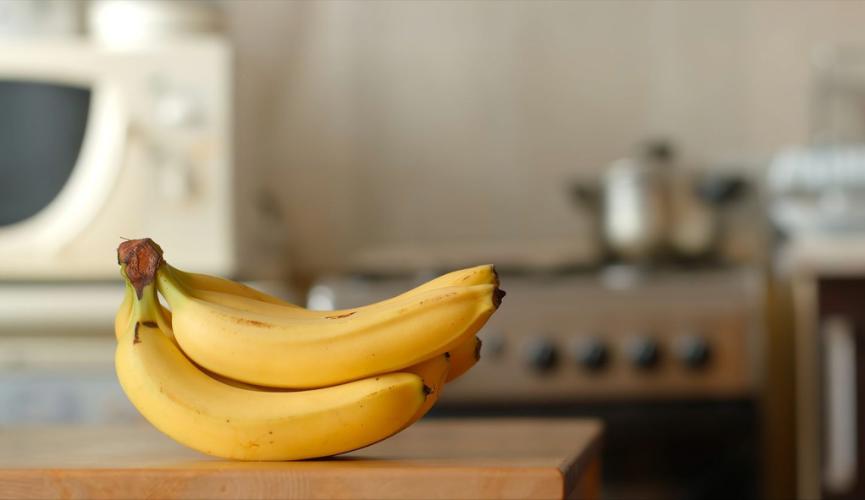
Bananas can live in the fruit bowl.
Bananas release a gas called ethene that makes fruit ripen faster so keep them away from other fruit you don’t want to ripen.
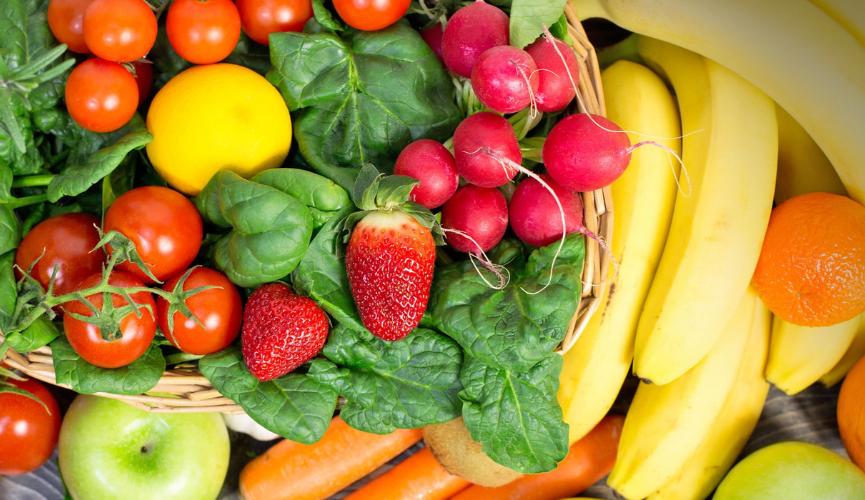
Tomatoes can live in the fruit bowl
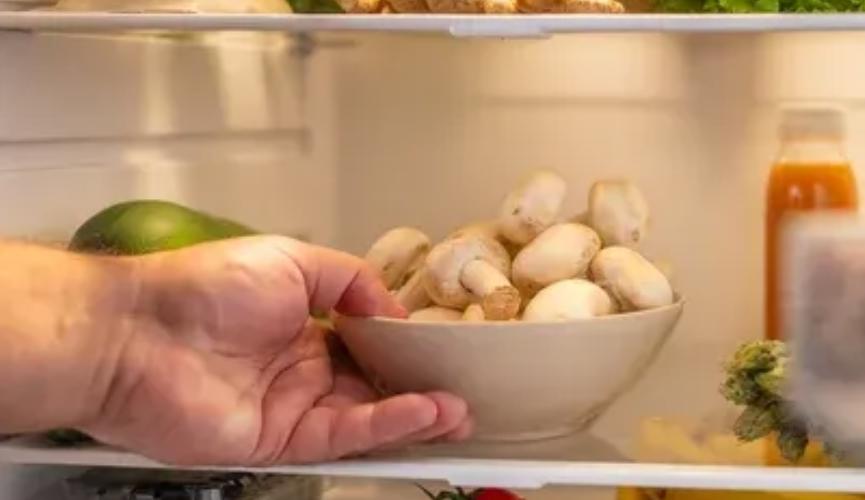
Mushrooms, peppers and berries are fine on the higher fridge shelves
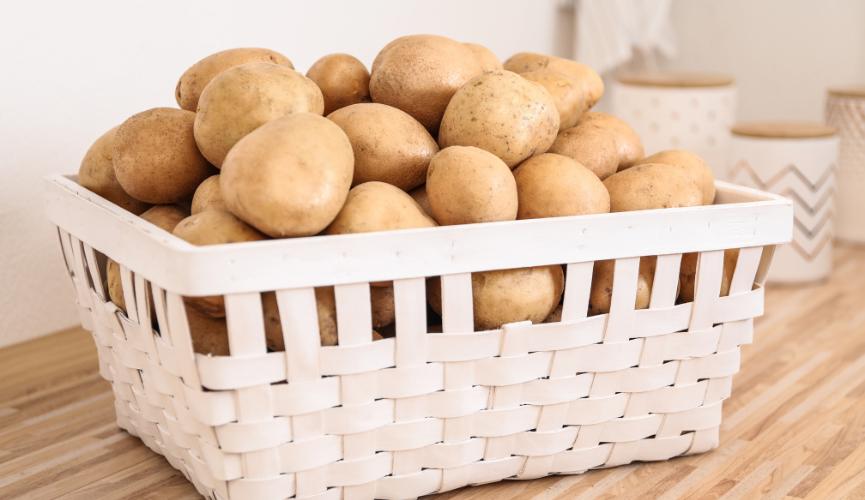
Potatoes should be stored in a cool, dry place away from onions. They will last up to one month
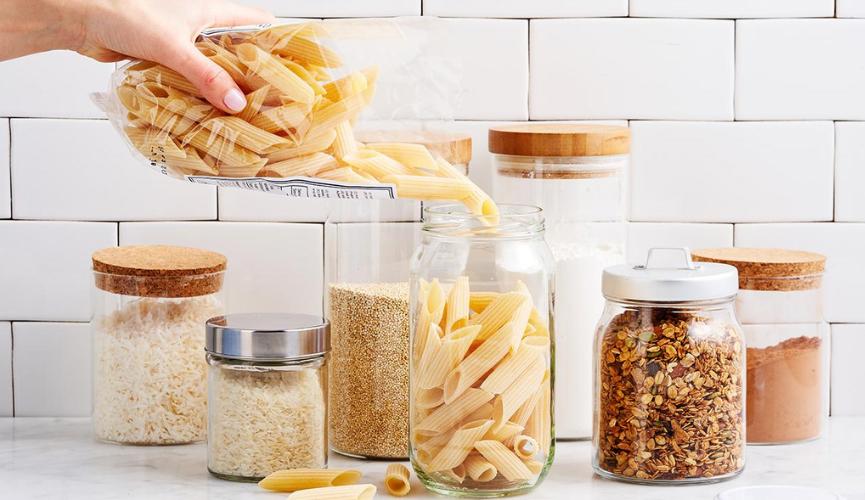
Cereal, rice, pasta and flour can be stored in a cupboard in an airtight container
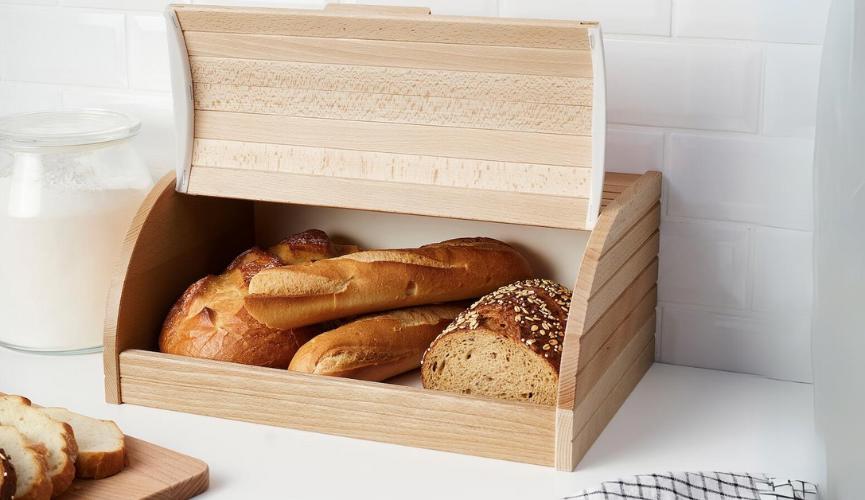
Bread should be stored in a cupboard or in a bread bin. It freezes well if you think you're not going to eat it all before it goes stale

- Even though eggs are stored outside of the fridge in the shop, the best way to keep eggs fresher for longer at home is in their original carton in the fridge. A quick test for freshness is to check if the raw egg sinks in a bowl or tall glass of water. Fresh eggs stay at the bottom of the bowl while stale eggs float. (Over time egg whites break down and cause air to form in a shell, causing old eggs to float)
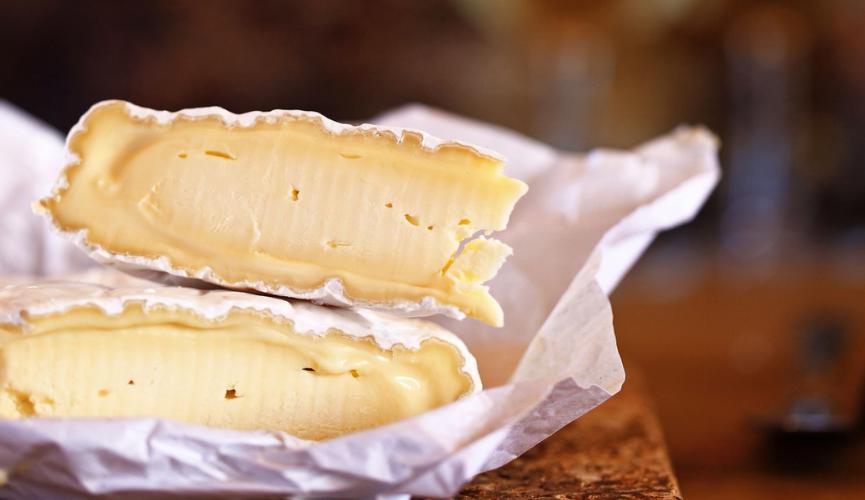
- Store soft cheeses, like camembert, in waxed cheese paper or baking paper. Avoid using plastic wrap because it will cause the cheese to sweat
- Blue cheese can be wrapped in foil but remember to change the foil every few days because the acidity of the cheese will attack the foil
- Hard cheeses, like cheddar or parmesan, can be stored in plastic wrap or airtight containers
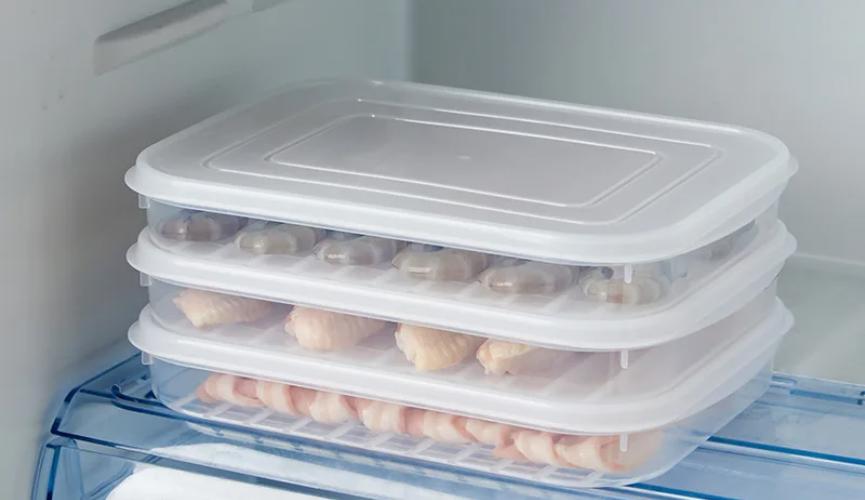
Meat, chicken and fish belong on the bottom fridge shelf, sealed well to prevent leakage.
They also freeze well so if you realise you're not going to a chance to eat them before their use by date you can freeze the. Freezing your food acts like a pause button, giving you more time to eat it and saving it from the bin.
Remember to add a label that includes what it is and the date you froze your food to make it easy for you to keep track of what you have.
It’s best to use up food in your freezer within 3 to 6 months, but it’s worth checking the packaging for any freezing guidelines specific to that product.

If you want to be spontaneous and use frozen meat right now, the microwave is your friend!
Double check the packaging for microwave defrosting instructions for guidance on turning, stirring or standing times. Otherwise, follow these simple steps:
- If you froze your meat/poultry in its original packaging, remove the packaging
- Pop your meat/poultry on a microwave-safe plate and cover it with a non-metallic cover
- Microwave using the ‘defrost’ setting or a meat/poultry defrosting programme directly before cooking
- Make sure your meat/poultry is fully thawed and always cook food that’s been defrosted in the microwave straightaway
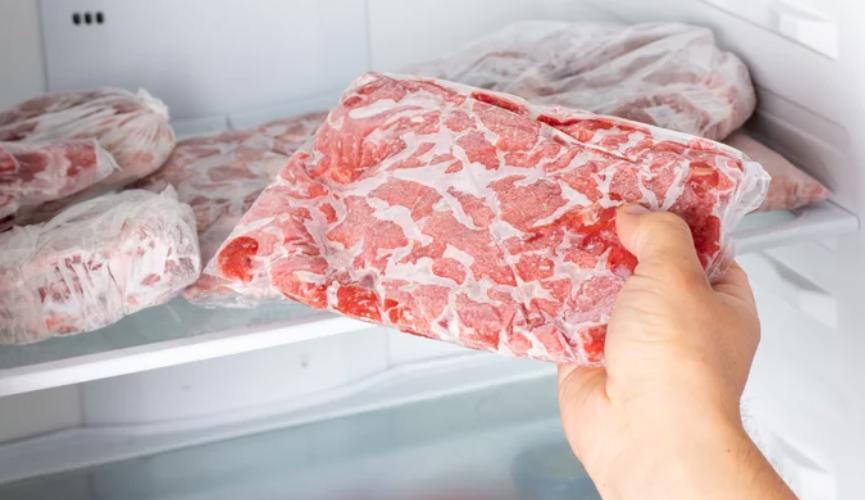
- Make sure your fridge is set to 5℃ or below, as this helps to keep your meat/poultry (and everything else in your fridge!) safe and fresher for longer
- Put your frozen meat/poultry at the bottom of the fridge, ideally 24 hours before you need it
- Make sure you allow enough time for your food to defrost properly – don’t forget that large items (such as a Christmas turkey) can take up to four days to defrost fully in the fridge!
Once your food is completely defrosted, use within 24 hours.
For a more detailed list of products and recommended shelf lives, download our fresh produce storage guide to stick to your fridge. This guide tells you how to store your fresh and refrigerated foods.

Join us in our journey to reduce food waste, helping the environment while saving money
See more

Find out how Olio is reducing food waste on our Islands.
See more

Check out some ideas for easy ways to use up a host of leftovers, in an interesting and flavoursome way
See more




